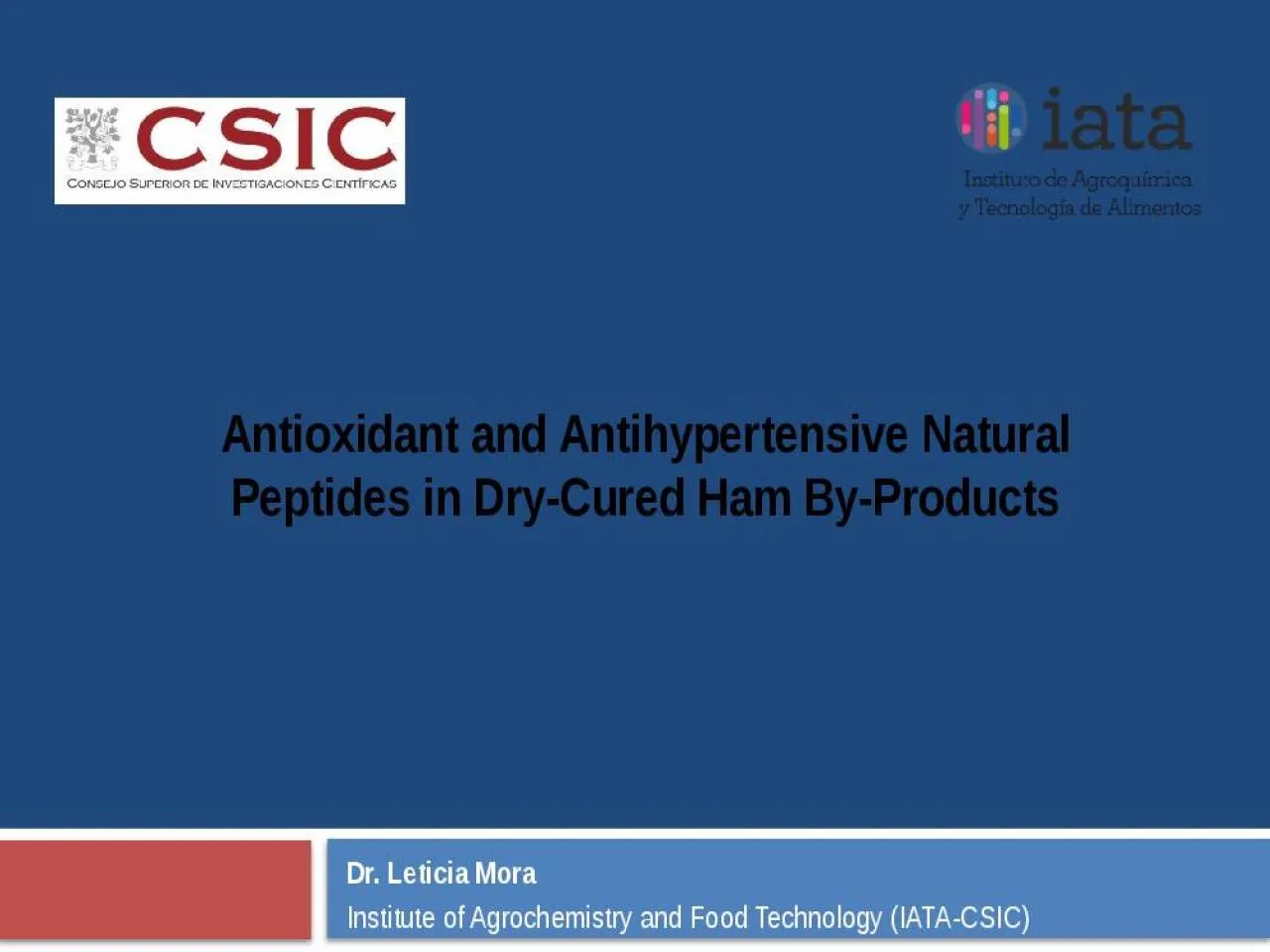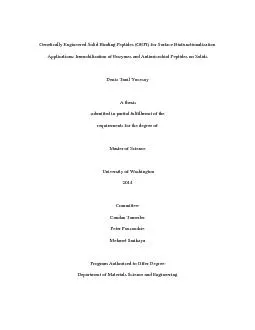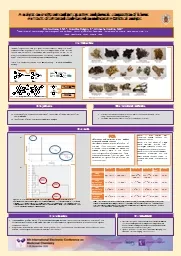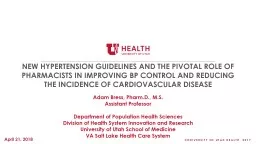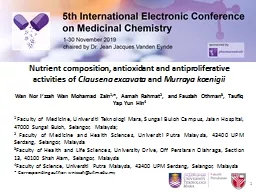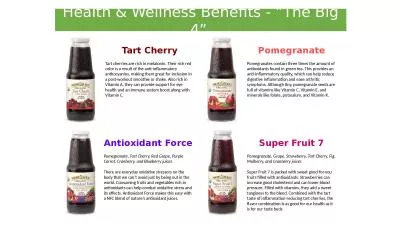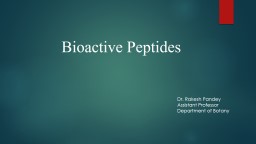PPT-Antioxidant and Antihypertensive Natural Peptides in Dry-Cured Ham By-Products
Author : ani | Published Date : 2022-02-15
Dr Leticia Mora Institute of Agrochemistry and Food Technology IATACSIC Meat Industry Byproducts Byproducts represent a cost for the meat processing sector
Presentation Embed Code
Download Presentation
Download Presentation The PPT/PDF document "Antioxidant and Antihypertensive Natural..." is the property of its rightful owner. Permission is granted to download and print the materials on this website for personal, non-commercial use only, and to display it on your personal computer provided you do not modify the materials and that you retain all copyright notices contained in the materials. By downloading content from our website, you accept the terms of this agreement.
Antioxidant and Antihypertensive Natural Peptides in Dry-Cured Ham By-Products: Transcript
Download Rules Of Document
"Antioxidant and Antihypertensive Natural Peptides in Dry-Cured Ham By-Products"The content belongs to its owner. You may download and print it for personal use, without modification, and keep all copyright notices. By downloading, you agree to these terms.
Related Documents

